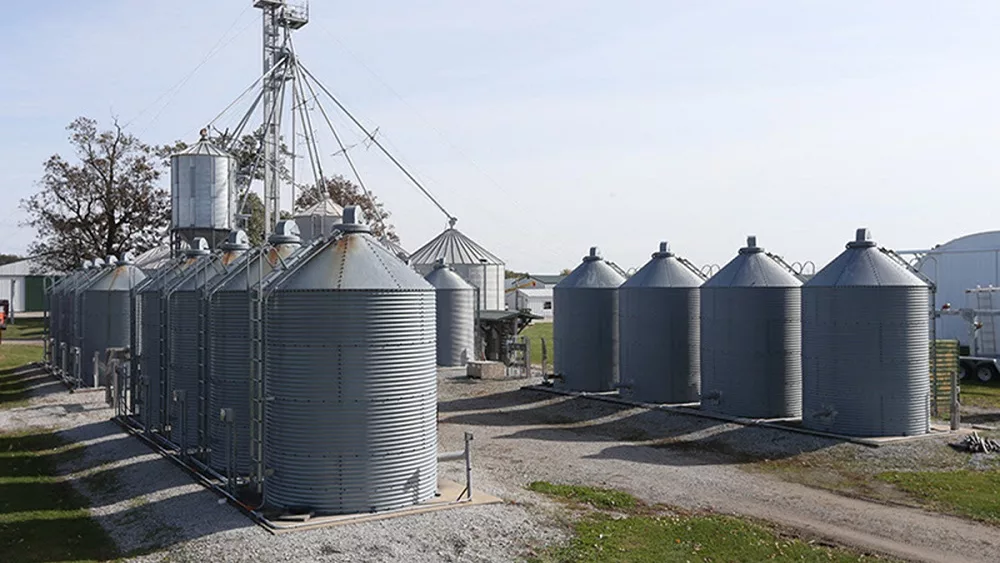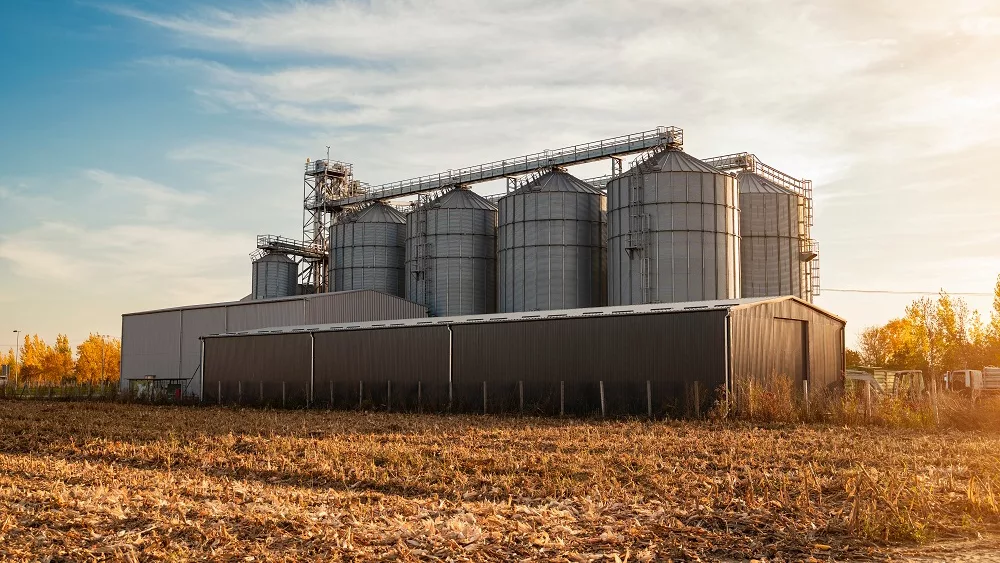 Spotty rains and cooler temperatures continued to provide relief to most of the dry areas of the State, according to Greg Matli, Indiana State Statistician for the USDA’s National Agricultural Statistics Service. Rain showers throughout the week were highly variable, leaving some areas soaked and others mostly dry. Statewide precipitation remains below average at 1.11 inches.
Spotty rains and cooler temperatures continued to provide relief to most of the dry areas of the State, according to Greg Matli, Indiana State Statistician for the USDA’s National Agricultural Statistics Service. Rain showers throughout the week were highly variable, leaving some areas soaked and others mostly dry. Statewide precipitation remains below average at 1.11 inches.
 Areas that did not receive the benefits from the rains at least experienced below average temperatures, helping to reduce crop stress. The statewide average temperature was 73.4 degrees, 5.3 degrees below normal.
Areas that did not receive the benefits from the rains at least experienced below average temperatures, helping to reduce crop stress. The statewide average temperature was 73.4 degrees, 5.3 degrees below normal.
Corn silking was 6% complete in the North, 12% in Central, and 17% in the South. Corn rated in good to excellent condition was 75% in the North, 79% in Central, and 57% in the South. Farmers continued to utilize irrigation systems to aid with maintaining adequate soil moisture. Much of the corn crop that was affected by the previous week’s storms have recovered, however, heavy rains over the weekend in SW Indiana dropped up to 7 inches of rains in some fields.
By region, soybeans blooming was 14% in the North, 20% in Central, and 15% in the South. Soybeans rated in good to excellent condition was 73% in the North, 79% in Central, and 57% in the South. Herbicide applications continued in the soybean fields, although controlling for marestail has been a challenge for growers. Plantings of early and double-cropped soybeans are finishing up.
Nationally the condition of the U.S. corn crop remained unchanged at 75% good to excellent. Soybeans, however, declined slightly in condition.
The weather was good for cutting and bailing hay again this week. Growth of hay and pasture fields have slowed down from the lack of significant rain, but remain above 70% in good to excellent condition. Livestock was reported to be in excellent condition. Other activities for the week included scouting fields for insects, certifying acreage with FSA, cleaning fencerows, applying fertilizer, working on harvest equipment, and mowing roadsides.
Winter wheat was 27% harvested in the North, 65% in Central, and 93% in the South. Wheat harvested is well underway throughout the State. Downed wheat from the previous storm system has slowed harvest for some farmers. Otherwise, harvest is progressing far more quickly than last year and the five year average. Straw bailing is also progressing well.





